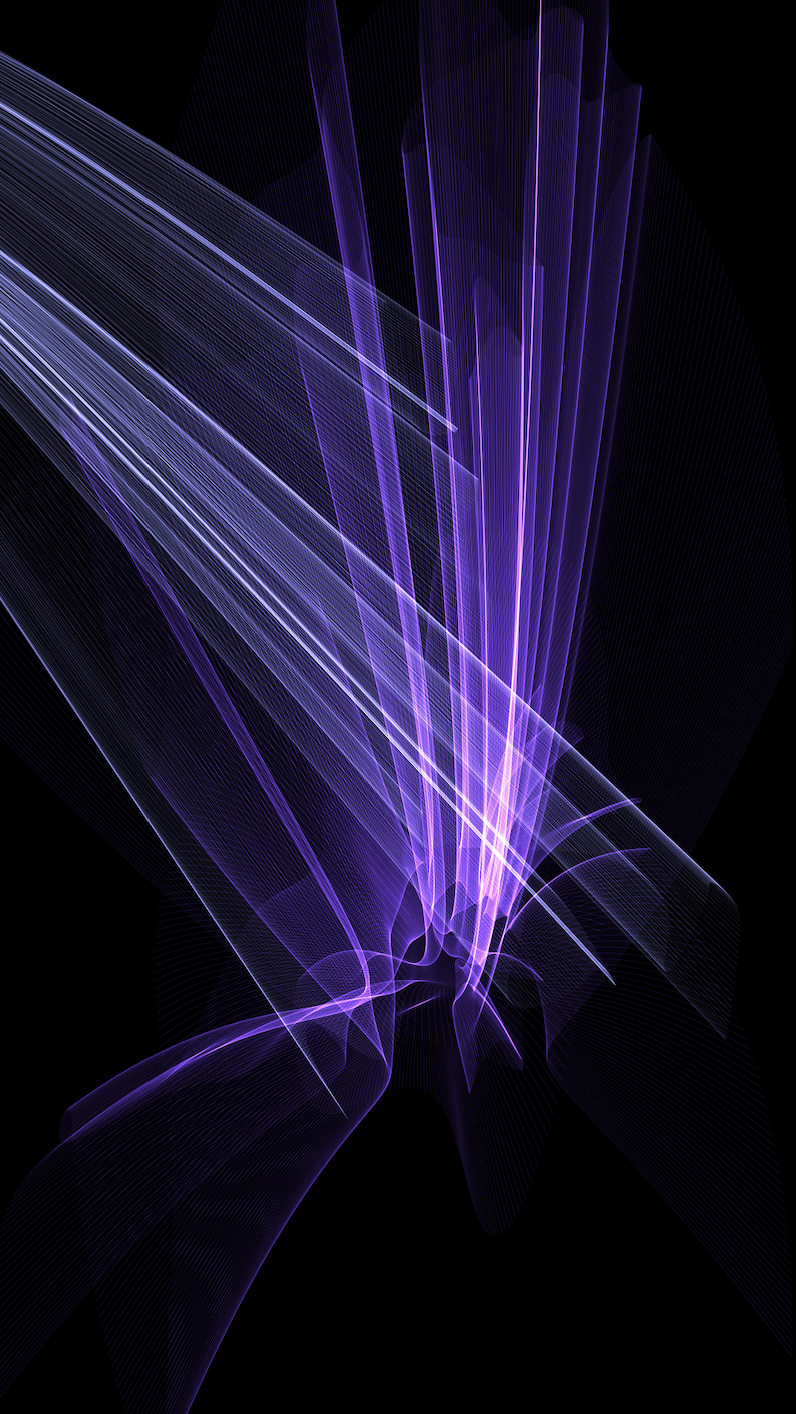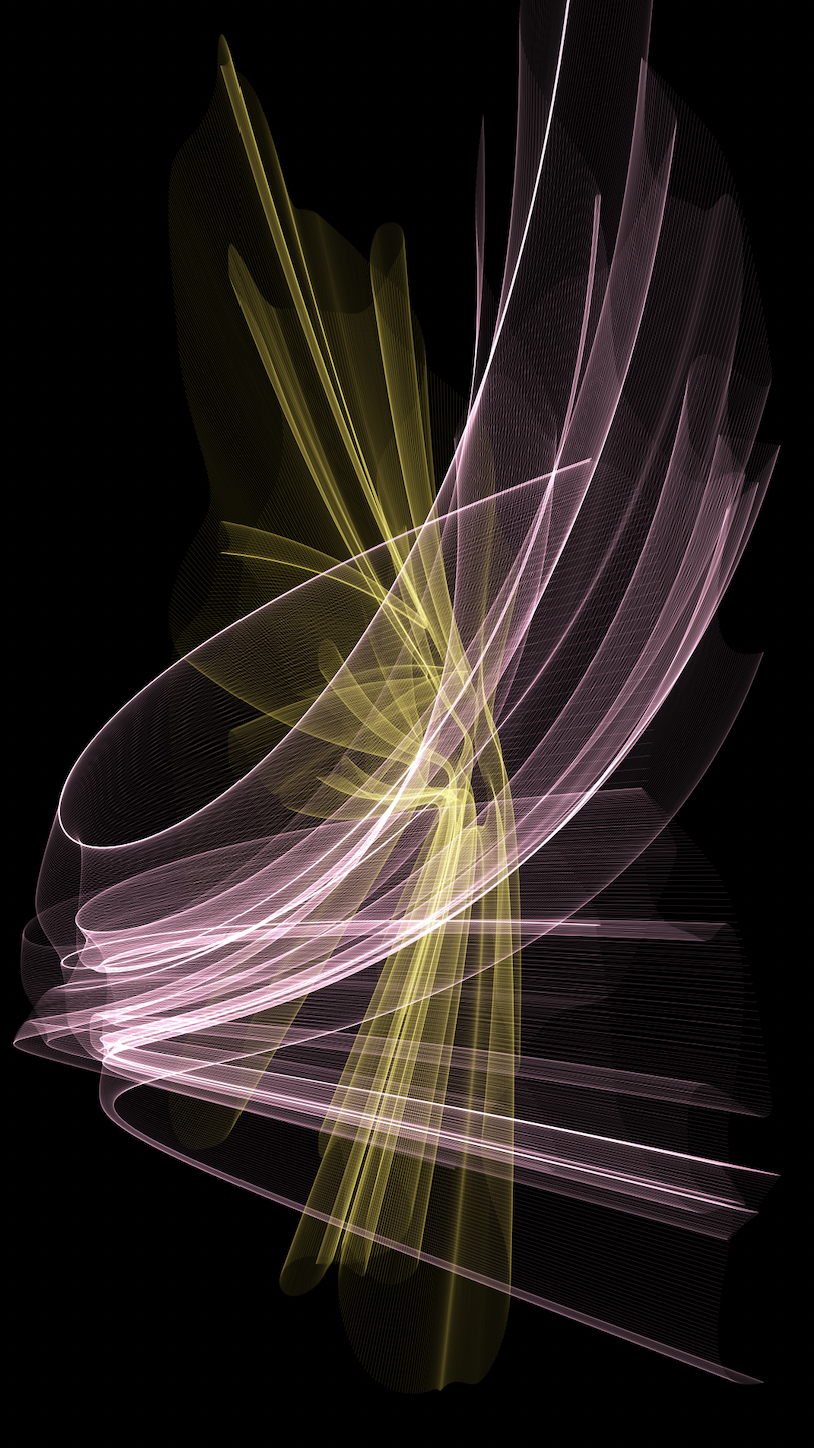TAMARA MOURA COSTA: SOULS FROM GAIA
Part of a series of articles & interviews released digitally that were first published in the print edition of the Bright Moments Quarterly that was distributed at Bright Moments Buenos Aires in Buenos Aires, Argentina in November, 2023.
Bright Moments: Thank you for taking the time to do this interview, Tamara! What initially drew you into art, and how do you define yourself in the artistic field today?
Tamara Moura Costa: When I was around nine years old, I began studying music. Music is something I'm passionate about that I continue to integrate into my practice. When I was young I had a rather complicated social environment, so I sought refuge in music. I studied guitar at a conservatory, and because my mother is a pianist, she taught my sister and I how to play the piano. My sister is a singer, and we loved to sing and dance together, we still do it. All forms of creative expression were part of my daily life.
As I grew older, I began experimenting with other artistic practices. I delved into circus arts like trapeze and acrobatics, and in my adolescence, I started drawing. Alongside these pursuits, I had a strong interest in numbers and mathematics. At 18, I decided to study arts.
I was particularly drawn to electronics, even though I had no prior knowledge of electronics or programming. I enrolled in an electronic arts program at Universidad Nacional De Tres De Febrero (UNTREF). Through my studies, I came to realize that there were vast possibilities for experimenting with materials and electronics. One course taught Processing, and it completely changed my perspective when I saw that I could use programming to draw, animate, and create images. I became obsessed with Processing and started experimenting with bodies, dancers, acrobats, image processing, cameras, and adding animations. Later on, I began working in a theater for aerial and contemporary dance where I developed visuals and projections that interacted with the dancers. Electronics, energy transformation, movement, and visualizing data were very compelling to me. I started experimenting and was deeply immersed in electronic arts for about seven years.
During the pandemic, I experimented with p5, a web-based version of Processing. It was a challenging time, and I found solace in p5 and imagery. I started to connect with visuals in a different way. After spending hours watching simple geometric shapes move on the screen, I noticed that I would look away and see the afterimages that remained on my retinas. This became something meditative, where I wasn't actively creating but rather allowing a pause and silence of the mind by contemplating that motion and form.
I felt things I hadn't experienced before; deeply connecting with these sacred geometric forms with rotating designs linked to planetary movements and atomic structures. Then I became interested in fractal science and delved deeper into that. At the time, I was working on my electronic arts thesis and I decided to investigate electronic arts from a more spiritual perspective. I started looking for artists who work at the intersections of art, science, and esoteric practices and interviewed them to better understand their worldviews. After exploring many different themes, I came to understand where I wanted to go with my own artistic practice. I began forming a more authentic aesthetic without overthinking or being too demanding of myself. Creative experimentation helped me connect and cope with the stresses and complications of life. I aimed to create simple, subtle, yet transformative work.
During this time, I won the FUSION2020 award, an award created via a collaboration between the ArCiTec Awards and the Bienal Kosice. This recognition helped me understand that my work was reaching and resonating with other people. It’s important to me that the work I produce is not just for me. This is when I started to zoom in on researching fractal science and more esoteric practices, blending them with scientific practices. I was interested in integrating electromagnetism, physics, and mathematics rather than keeping them separate because they all pertain to the same universe.
Soon, I started developing installations and exhibited one at ArtLab. With those installations, I began to feel satisfied with my own creations. I also started producing installations for Tecnópolis with Aldana Bit a sound artist who records field sounds of the birds, nature, and plants in the Chaco region. My visuals were oriented towards something more organic while maintaining some geometric elements. I was zigzagging between these approaches instead of creating a division between them. Initially in my practice, I had this idea that it's not possible to do everything at once. I believed it was necessary to specialize and focus. In time, I opened up more and began integrating concepts in nature and technology rather than separating them. With this perspective, I started enjoying the creative process more. I also really enjoy the element of surprise that arises from generative systems. Changing parameters in generative art generates different results, and there are numerous directions from which new projects could emerge.
Every time I'm immersed in that process of creation, it becomes somewhat obsessive, but in a good way. I get excited and motivated because I never know what will appear, and I no longer know the extent to which the work is mine; it also belongs to the computer. The boundaries between the computer and the artist start to blur, and it becomes unclear who the creator of the piece truly is.
didn't start creating generative art right away. I began programming to create real-time images. I created a program called “Fragma” which I built in openFrameworks with a UI for working with images in real-time in a three-dimensional environment. You can place objects in Fragma, modify them, and make them move. You can also access the code without needing to recompile, especially when working with shaders.
Your project for Bright Moments Buenos Aires is titled Souls of Gaia. What can you share with us about this collection? You have also mentioned that it is influenced by fractal science and sacred geometry. Could you elaborate on that?
With Souls of Gaia, I was experimenting with trigonometric functions, curves, and colors. It's quite simple in that sense.
There's something fractal about it in that there's no clear starting or ending point. The algorithm generates shapes that are hard to define—is it a flower, a mushroom, a coral, or a soul? There's intrigue there. These curves can resemble elements from nature, and that's where the notion of “Gaia'' comes in. “Gaia” is a way of referring to the Earth and connecting with the elements around us in a more sensitive way—not just within the division of the living and nonliving.
From the ancient Japanese Shinto religion, I could understand that every element, whether it's a table, computer, stone, or candle, has a soul. Everything around us has its own energy. The edges between living and non-living beings, between nature and technology, are diffused. Through technology, as it is a medium, I wanted to convey that curiosity and appreciation for the Earth or Gaia, or whatever we want to call it. I chose “Gaia” because if I had used the term "Earth", everyone would already have preconceived associations with the word. I felt “Gaia” might be less known, so people might be more likely to look into it.
There's an aspect of the fractal in the repetitive patterns you find on corals, flowers, or even oceanic creatures. I'm interested in associating my work also, with something more ethereal, something that can be connected to everything.
What is it like to be an artist in Argentina?
In the future, I would like to see more opportunities for people to become full-time artists in Argentina. Currently, many of us are teaching programming, or working as programmers in companies. Having the option of becoming a full-time artist is my deepest desire, not just for me but for other artists as well.
As an Afro-Argentinian woman, my situation is quite peculiar. Argentina has undergone a historical process of whitening in its society. What I barely know about it, because in school my professors didn’t teach much related to the subject, is that Both African and Indigenous people were enslaved in Argentina. These enslaved groups experienced forced migration, with Indigenous communities from various provinces being completely uprooted from their native territories. In the late 1800s, around 150 years ago, Argentina’s policies heavily favored European immigration. Many efforts have been made to obscure this history, so it is difficult to find written records anywhere. There was a process of whitening the population; waves of Italians, Spaniards, French, Poles, and Germans arrived, reshaping the nation's demographic fabric. Some Nazis even came to seek refuge in Argentina post-World War II. These migration flows coupled with the extermination of Indigenous peoples have resulted in a population that is more or less mixed. There was also a lot of migration from the Middle East. In addition to my African heritage, my lineage is also Arab, and European, and who else knows.
The truth is, growing up in Argentina was very challenging for me. In 2001, during the economic crisis, my family relocated to San Salvador de Bahía, my father's hometown. The city has the largest Black population in Latin America. Culturally, I felt very comfortable, and we lived there for about a year and a half. After that, we returned to Buenos Aires, and by then, I was about eight years old and was more conscious of the world around me. The contrast between life in those two places was stark. I experienced many instances of violence and racial discrimination, both verbal and non-verbal. This is where my need to seek refuge came from. I started to immerse myself in music, which helped me navigate and abstract from society, which, to me, was very violent.
There is a prevalent perception that there are no Black people in Argentina. To this day, when I meet with people, they still think I'm not from Argentina. I had to go through a very personal journey of self-understanding. Until I was about 22 years old, I experienced confusion about who “the other" was in society and was grappling with the fact that I am perceived as “the other” in some contexts. It was a psychological struggle. While there's a bit more awareness around these topics now, the reality is that such issues still persist. Less than a month ago, some people set fire to the monument of María Remedios del Valle, an Afro-Argentinian woman who fought for Argentina's independence against the Viceroyalty. Incidents like this continue to occur, and because of that, I still don't feel at ease in Argentina, especially in Buenos Aires.
I was selected for a residency created for African artists and artists of African descent. Beyond working on our individual projects, I also experienced what felt almost like a reintegration and healing process. For me, my time in the residency highlighted the differences within the Black experience. I met individuals who had unique cultural backgrounds. Each person had to navigate their own paths because Black people have a distinct place in their societies, with varying levels of privileges, rights, and a sense of belonging in different contexts. For me in Argentina, I struggled to understand who I was or how I was perceived.
Now that I understand a bit more about how others see me and who I truly am, there are still these points of tension that I'm learning to coexist with. My work is a reflection of my unique position and perspective within society. While it's open for anyone to connect with, it’s primarily a way for those who didn't have the opportunity to identify with something before to relate to me. My intention with my own unique position, my experiences, and my voice is to inspire others.
How would you like to experience the minting process with people collecting your work at the Bright Moments event?
A relative I visited in Europe told me that this could be a way for what I create to reach other people and help awaken things within them. There's something that moves me about the idea of opening up possibilities.
Having a generative art exhibition is something very unusual and new in Buenos Aires. There are many things in Buenos Aires that feel stuck in time, and this event could be an opportunity to highlight some of the artists who are currently creating culture and shaping the art scene.
An event like Bright Moments Buenos Aires could help bring global attention to this city that feels somewhat isolated from the rest of the world due to its geographical location. The quality of the artists in Buenos Aires is exceptional. My hope, as a friend told me, is that the eyes of the world will be drawn to Buenos Aires through this event, which would be a significant opportunity for the art scene here.
Leveraging on the momentum we generate from this event to create more opportunities for artists in other provinces in Argentina is essential. It's crucial to continue showing and promoting this country’s artists. Argentina doesn't have many international programs or policies for artists due to its geographical and political factors, so it often falls to us to chart our own paths. What stands out in Buenos Aires and across Argentina is that there's a strong sense of community among artists. We're all somehow connected, we support each other, and we share tools. Argentina may be going through a complicated time, but the reality is that there's a lot of potential here.




